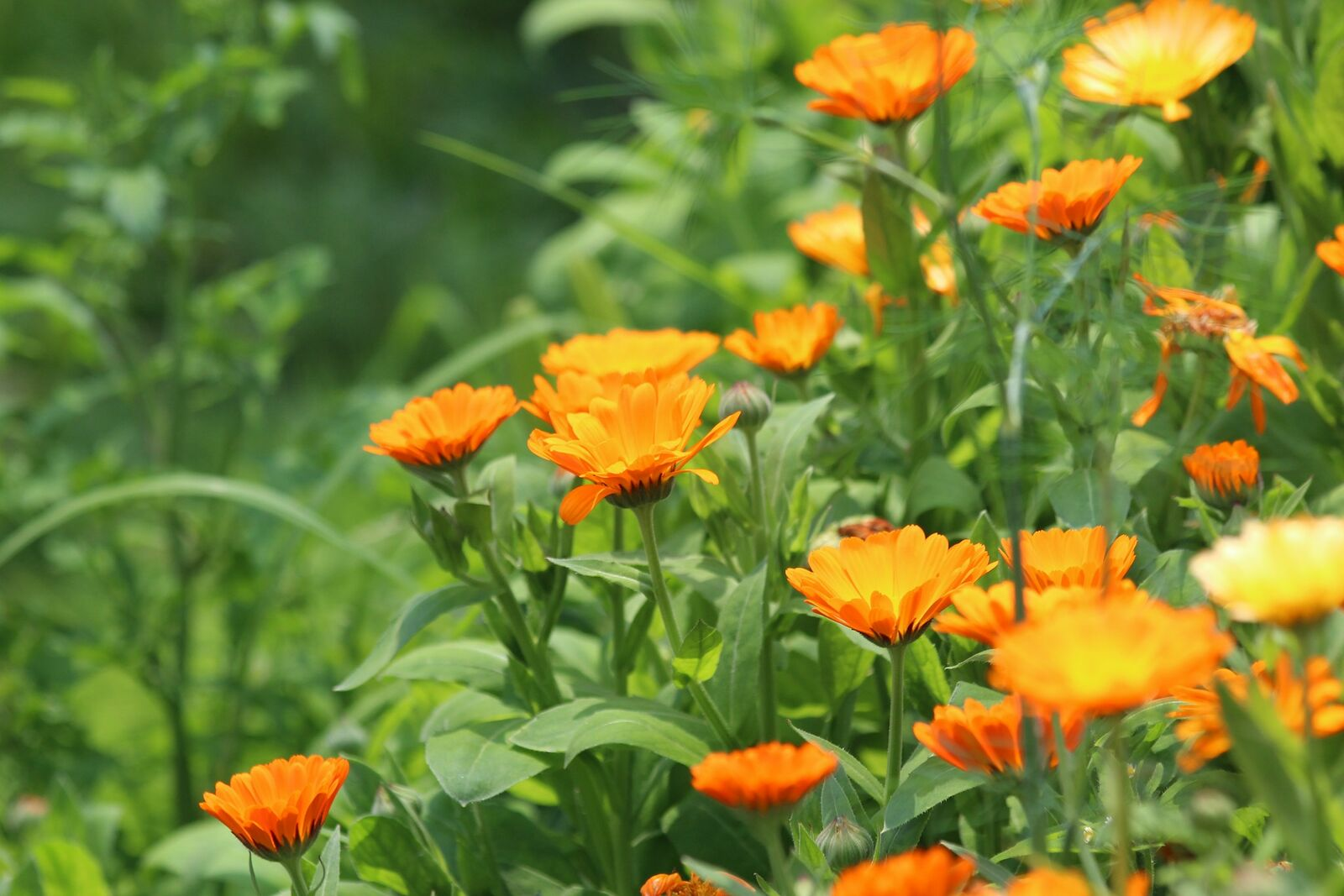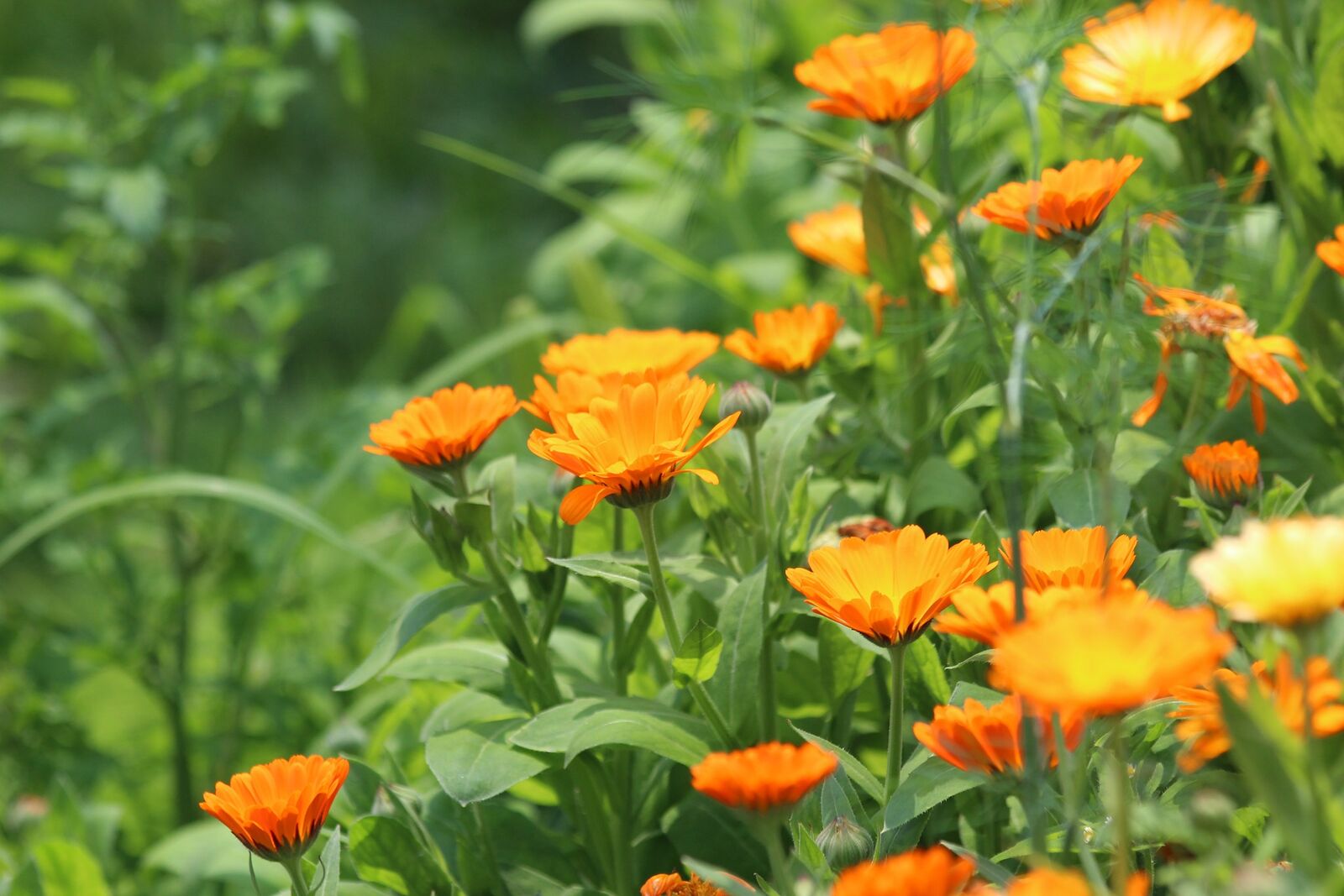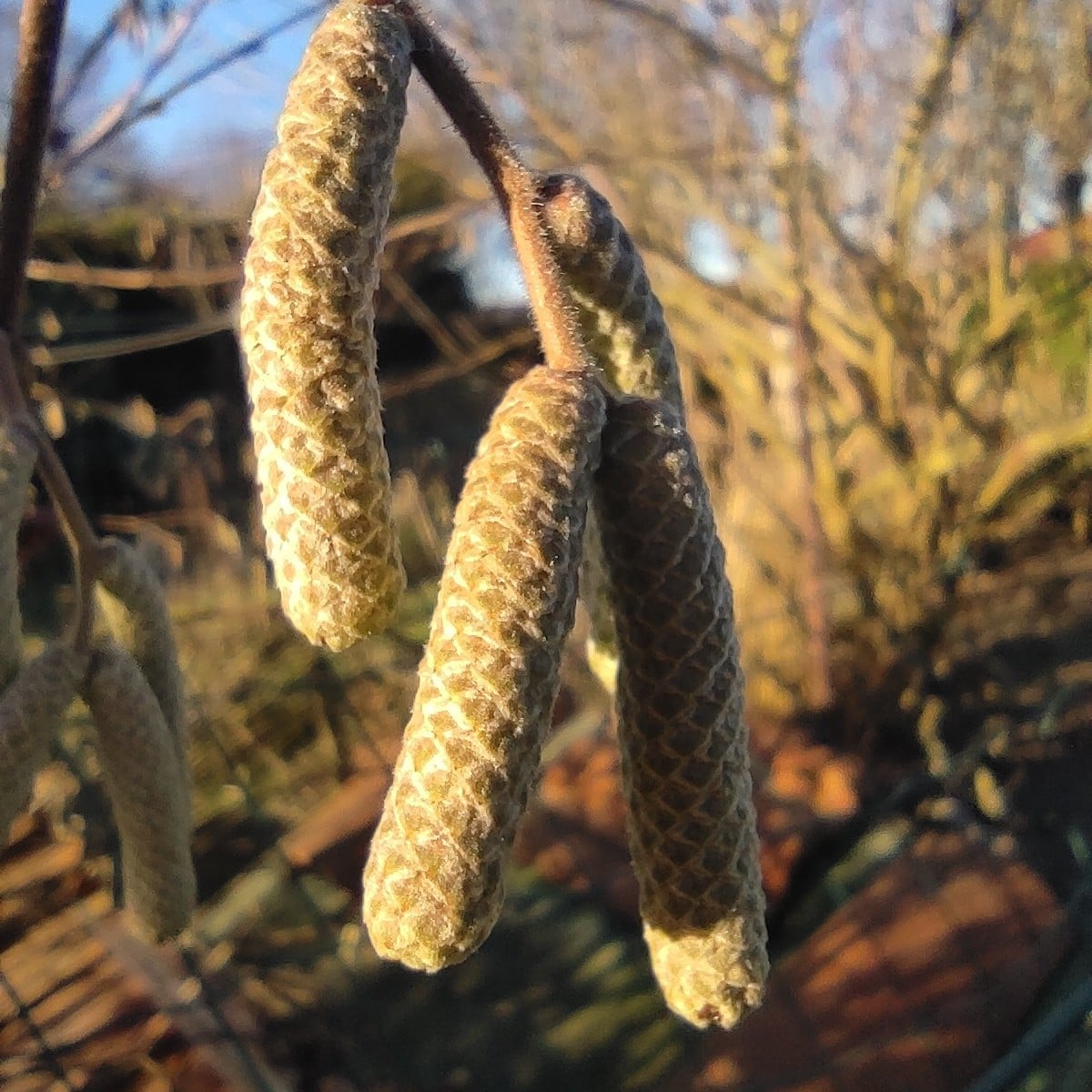
Sowing Marigolds: Outdoors and on the Balcony
Marigolds not only enrich your garden with their beautiful flowers, they are also a healthy addition to the kitchen. Marigolds have been used as a medicinal plant for a long time. Their petals can be used fresh in salads or dried as tea. It is also a good companion for many plants in a mixed culture. You can find out more about marigolds and how to sow them in this article.
This Article Contains:
- Planting Marigolds in the Garden: An Overview
- The Right Location
- Propagating Marigold
- Sowing Marigolds in the Open Field
- Companion Planting With Marigolds: Good & Bad Companion Plants
- Mixed Cultivation Planting Plans With Marigolds: Garden, Raised Bed & Balcony
- Obtaining Marigold Seeds
- Frequently Asked Questions About Marigold Sowing
Quick Overview
Marigold: Tips for Sowing and Planting
- Sowing depth: maximum 1 cm/0.4 in, as marigold is a light germinator
- Planting distance: 15 cm/5.9 in
- Row spacing: 20 cm/7.9 in
- Direct sowing: April to August
- Pre-cultivation: from mid-March
- Germination temperature: from 15 ° C/59 ° F
- Germination time: 10 to 20 days
- Location: sunny to semi-shady
- Soil: sandy to slightly loamy
- is well suited as a companion in a mixed culture, except for Jerusalem artichoke and lovage
Planting Marigolds in the Garden: An Overview
Marigolds (Calendula officinalis) are part of the Asteraceae family. The annual flowers grow upright but bushy and reach a height of up to 60 cm, depending on the location. You can recognize a marigold by its beautiful bright yellow or orange flower. The flowering period runs from June to October.
The Right Location
Choose a sunny location so that the flowers develop a bright, intense color. Marigolds also thrive in a semi-shady spot, but are then more susceptible to mildew. Marigolds prefer sandy to slightly loamy soils with not too much nitrogen. If there is an excess of nitrogen, it develops less stably.

Propagating Marigold
You don't necessarily have to preplant marigolds, as they grow quite robustly when direct sown. However, marigolds do not flower until June when direct sown outdoors. If you want to enjoy the beautiful marigold flowers for longer, you can propagate them on the windowsill. The seeds are sown from mid-March and kept evenly moist. Marigold seeds germinate at temperatures as low as 15 ° C/59 ° F and the seedlings usually appear after 10 to 20 days. Three weeks after germination, the young plants are separated and each is given its own pot. The plants can then be planted out in the garden in mid-May.

Want to Plan a Mixed Crop With Marigolds?
With our digital garden planner, you can easily plan a diverse mixed crop. companion plants are displayed directly and you get tips on succession planting and crop rotation!
Plan Your Bed NowSowing Marigolds in the Open Field
Generally speaking, marigold seeds germinate very reliably, provided they have been stored correctly and are not too old. The seeds can be sown in the garden or on the balcony between April and August. To do this, loosen the soil and remove weeds that could compete with the seedlings. Scatter the seeds over the area and lightly rake them in. Alternatively, you can also plant the seeds individually. Marigolds are light germinators, so they are not sown deeply and are only placed about 0.5 to 1 cm/0.2 to 0.4 in deep in the soil. To ensure that the plants have enough space later on, you should keep a planting distance of 15 cm/5.9 in and a row spacing of 20 cm/7.9 in.
Companion Planting With Marigolds: Good & Bad Companion Plants

In a Mixed Culture, marigolds are very pleasant companions and many gardeners like to plant them together with vegetable plants. Their roots release a substance that nematodes don't like at all and keep away. They are a good companion for almost any plant. Only invasive plants such as Jerusalem artichokes and the solitary lovage should not be planted next to marigolds. Marigolds complement a vegetable patch very well, as they have been used as a medicinal plant for a long time. Their petals can be eaten fresh in a salad or dried and used as a tea. Don't worry, if you cut off the flowers, new ones will form. The more you harvest, the more it blooms. The bright yellow flowers also attract pollinators and provide food with their blossoms. This encourages beneficial insects in the garden, which contributes to plant health.
Mixed Cultivation Planting Plans With Marigolds: Garden, Raised Bed & Balcony
Marigolds are good fillers and grow well with all flowers, herbs and vegetables. You can also plant marigolds in balcony gardens or raised beds. To see what your mixed garden with marigolds can look like, check out our digital garden plans.
Obtaining Marigold Seeds

To obtain your own seeds, leave the flowers on the plant. The fruits ripen in the flowers: the marigold seeds. You can simply leave the plant as it will self-seed and bloom in its former glory the following year. If you want to sow the marigold in a different place, you can cut off the ripe, dried seed heads in the fall and sow them the following year.
I hope this has whetted your appetite for sowing your own marigolds in your garden or on your balcony. If you have any questions or comments, please write to us at [email protected].
Want to get helpful gardening tips all year round and plan your own beds in the best possible way? Then register here or download the Fryd app for Android or iOS.
Fryd - Your digital bed planner
Cover picture by Hans on Pixabay.

Marie
Marie is an agronomist. She is particularly interested in the sustainable and organic cultivation of vegetables and other plants. In her own garden, she gained experience and likes to try things out to learn from nature. She is particularly interested in the values and principles of permaculture, in order to contribute not only to the well-being of nature, but also to the well-being of people and future generations.
Learn MoreCurrent Topics in the Community

Liked 1 times
The chickens are not happy about the cold weather.
Show 1 answer
Without words
Show 1 answer
Liked 4 times
It may have actually worked with the shiitake smuggled into the fallen birch tree in our forest 🍄
Popular Articles

Overwintering Parsley: How to Do It Successfully

How to Grow Lettuce in Winter: Varieties, Sowing, Harvesting

Growing Sage Plant: Tips for Sowing and Harvesting

What Herbs Can Be Planted Together?

Create & Design a Permaculture Garden

Overwintering Plants: Tubs, Pots and Raised Beds

Pruning, Fertilizing & Propagating Currants: Care Tips

Pruning Raspberries: How to Do It

Vegetable Garden With Greenhouse: How to Use Greenhouse Effect

Winterizing Beds and the Garden: How to Do It
FAQ
Are marigolds light germinators?
Marigolds are light germinators and must therefore only be lightly covered with soil in order to germinate. Sow them a maximum of 1 cm/0.4 in deep in the soil.
When can I start sowing marigolds outdoors?
The seeds can be sown in the garden or on the balcony between April and August.
Marigolds can be grown in advance if you want to give them a head start. You can sow them from March and plant them out from May.
How long do marigolds need to germinate?
Marigolds take between 10 and 20 days to germinate, depending on the weather and location. They need temperatures from 15 ° C/59 ° F.
Do marigolds grow as annuals or perennials?
Marigolds grow as annuals. After flowering, they produce seeds and then sow themselves. In spring, the marigold seeds germinate again and the cycle starts all over again.